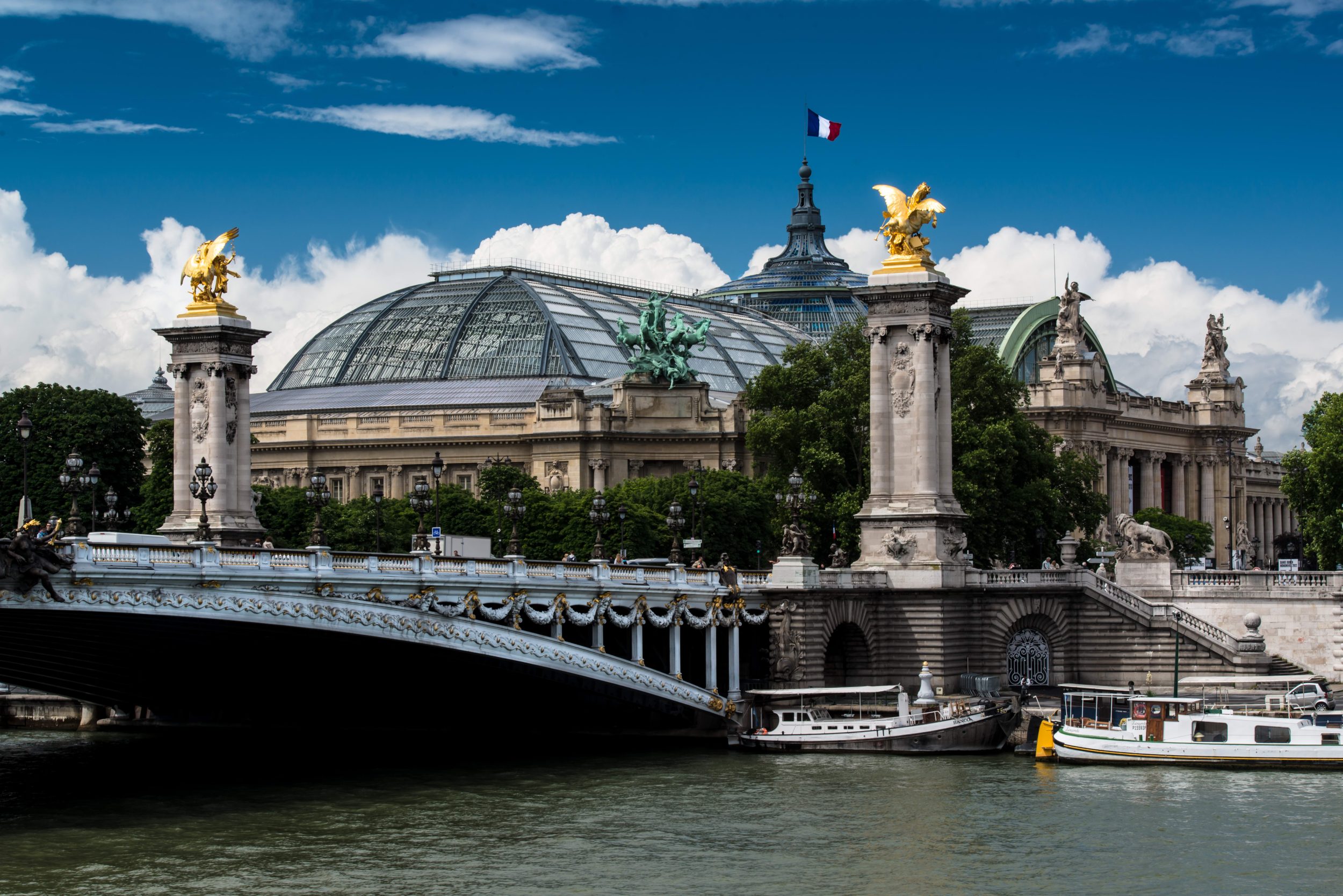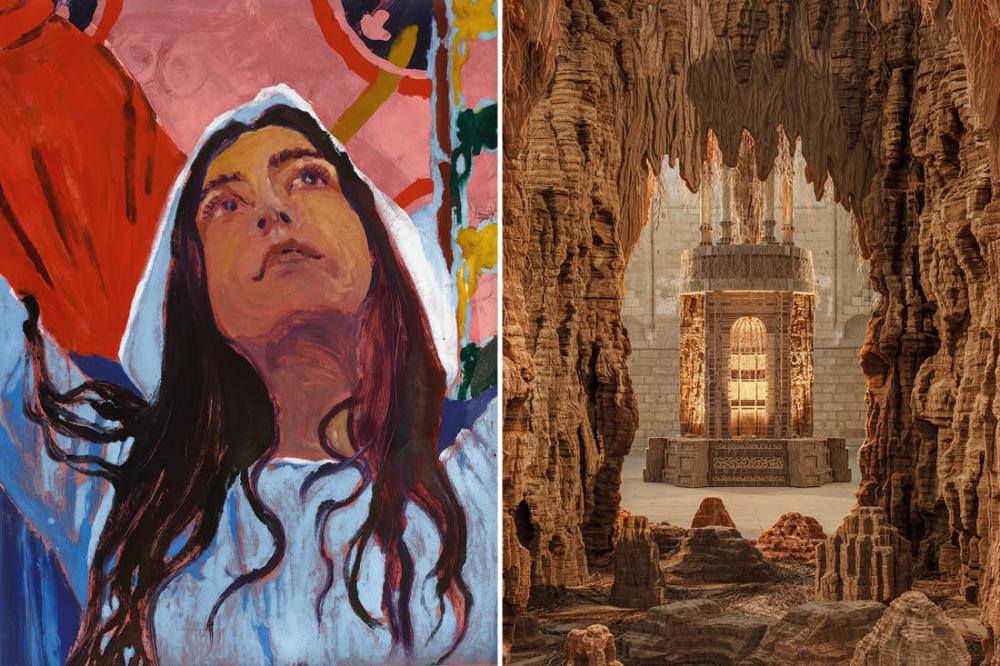Votre panier est vide
Besoin d'inspiration ?
Rendez-vous dans le programme en ligne du GrandPalais
Article -

The development of art with a social function
This art very quickly developed using many different media: painting and engraving on the walls of caves, stone and ivory sculpture, clay modelling, terracotta decoration, etc… Art fulfilled three essential functions. Firstly a religious function: art reflected belief systems which made a clear distinction between male and female (female idols with exaggerated characteristics, probably venerated for their fertility powers), and designated the locations of ceremonial practice (large megalithic centres) which remain largely unknown today. Secondly an ostentatious function: its representations exalt the physical strength of hunters, then of warriors, and above all, as jewellery art flourished, the first symbols of individual identity appeared. Finally, its aesthetic function is particularly visible in the careful decorations which cover normal everyday objects (mainly crockery) and which also function as symbolic markers organizing society.
The emergence of sumptuous art
During this long period, two main periods can be identified. Firstly, the Stone Age comprises the Palaeolithic (age of dressed stone; period of hunter gatherers) and the Neolithic (age of polished stone; emergence of agriculture and livestock farming). Secondly, the age of metals, which includes the Copper Age (known as the Chalcolithic), the Bronze Age and the Iron Age. At the same time as the emergence of metals, protohistory (a phase during which a culture or civilization has not yet developed writing, but other cultures have already noted its existence in their own writings) was characterized by a growing social structure. At the same time, an increased hierarchy of power, the development of an advanced economy and the earliest settlements emerged. This period also saw the emergence of Barbarian princes who supported the establishment of trading networks with ancient cities in the Mediterranean world. In particular, these supported the production of sumptuous art used to promote power, of which many examples of jewellery have survived, intended to enhance the prestige of leaders and sometimes celebrate gods.
Votre panier est vide
Besoin d'inspiration ?
Rendez-vous dans le programme en ligne du GrandPalais
See content : It's open! Eva Jospin and Claire Tabouret: two new exhibitions at the Grand Palais

Article -
Until March 15, you're invited to explore the fascinating worlds of Eva Jospin and Claire Tabouret, presented in two Grand Palais galleries linked by the same entrance.
See content : A treasure of the Sun King soon to be displayed under the glass roof of the Grand Palais: book your tickets now!

Manufacture de la Savonnerie d’après Charles Le Brun (1619-1690), Tête d’Apollon, détail du 6e tapis de la Grande Galerie du Louvre, laine et lin, 8,82 x 5,94. Paris, Mobilier national
Article -
Seven days only, some thirty carpets on display, a royal setting resurrected: enter the legend of the Sun King, under the majestic glass roof of the Grand Palais. Ticketing is now open!
See content : Last weeks to discover Niki de Saint Phalle, Jean Tinguely and Pontus Hulten

Jean Tinguely, L’Enfer, un petit début, 1984, métal, objets et matériaux divers, moteurs électriques, 370 × 920 × 700 cm, Centre Pompidou, Musée national d’art moderne, Paris.
Article -
An artistic, playful and historic interlude before the holidays! You still have until January 4, 2026 to discover the adventure of the trio Saint Phalle, Tinguely, Hulten. Between the Swiss sculptor, the Franco-American sculptor and the Swedish curator...